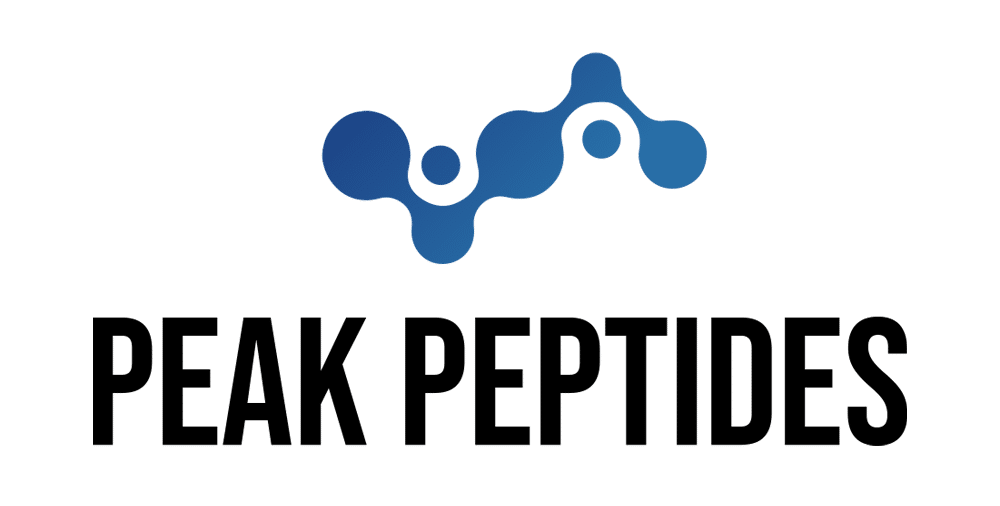The Role of mRNA and LNP in Revolutionizing Gene Editing
Gene editing has seen groundbreaking advancements in recent years, with CRISPR-Cas9 technology leading the charge. However, the successful delivery of CRISPR components to specific cells remains one of the most critical challenges in achieving precise and effective genetic modifications. Enter messenger RNA (mRNA) and lipid nanoparticles (LNPs), two transformative technologies that are redefining how scientists approach gene editing. Together, mRNA and LNPs are not only solving delivery issues but also paving the way for safer and more efficient therapeutic applications.
Why mRNA is Essential for Gene Editing
mRNA plays a pivotal role in the CRISPR-Cas9 system as it encodes the Cas9 protein, which is responsible for cutting and editing DNA at the targeted location. Unlike DNA-based delivery systems, mRNA provides a temporary solution, offering several advantages:
- No Genomic Integration: Unlike DNA, mRNA does not integrate into the host genome, reducing the risk of permanent genetic alterations.
- Immediate Action: mRNA starts producing the required proteins as soon as it enters the cell, enabling faster gene editing.
- Customizable and Safe: mRNA can be engineered to minimize immune responses, ensuring compatibility for therapeutic applications.
The Power of LNPs in Gene Editing Delivery
Lipid nanoparticles (LNPs) are emerging as the preferred delivery vehicle for mRNA in gene editing. LNPs encapsulate the fragile mRNA, shielding it from degradation and ensuring that it reaches the target cells intact. The advantages of LNPs include:
- Enhanced Stability: LNPs protect mRNA from enzymatic breakdown during its journey to the cells.
- Targeted Delivery: With surface modifications, LNPs can be tailored to target specific tissues or cell types, improving precision.
- Scalability: LNP technology is well-suited for large-scale production, making it viable for clinical use.
How mRNA and LNPs Work Together
The combination of mRNA and LNPs is revolutionizing gene editing by offering a reliable, safe, and efficient delivery system. mRNA encapsulated within LNPs is delivered to target cells, where it produces the Cas9 protein to perform the desired gene edits. This synergy ensures high efficiency while maintaining a low risk of side effects, making it ideal for both research and therapeutic applications.
Applications of mRNA and LNPs in Gene Editing
The mRNA-LNP delivery system is being explored for a variety of applications, including:
- Treating Genetic Disorders: Diseases like cystic fibrosis and sickle cell anemia can potentially be corrected by precise gene editing using mRNA and LNPs.
- Oncology: In cancer research, mRNA and LNPs are being used to enhance CAR-T cell therapies by improving immune cell editing.
- Rare Diseases: Gene editing technologies powered by mRNA and LNPs are opening doors to treating conditions previously thought to be untreatable.
Advancing Research with High-Quality Materials
For researchers working on mRNA and LNP delivery systems, the quality of materials used is crucial to achieving reliable results. At Peak Peptides, we provide premium-grade mRNA and LNP solutions tailored to meet the needs of cutting-edge gene editing research. Whether you’re working on therapeutic development or advancing scientific knowledge, our products are designed to deliver consistent and high-performing results.
Overcoming Challenges and Looking Ahead
While mRNA and LNP technology has made significant strides, challenges remain. Issues such as immune responses and efficient targeting to specific tissues are areas of ongoing research. Innovations in nanotechnology and mRNA engineering are likely to address these challenges, further enhancing the potential of this powerful combination.
Conclusion
The integration of mRNA and LNP technology is transforming the field of gene editing. With their ability to provide precise, efficient, and safe delivery, these technologies are revolutionizing how scientists and clinicians approach genetic modifications. For researchers seeking reliable materials to support their work, Peak Peptides is your trusted partner in advancing mRNA and LNP applications. Together, we can push the boundaries of what’s possible in gene editing and therapeutic development.



